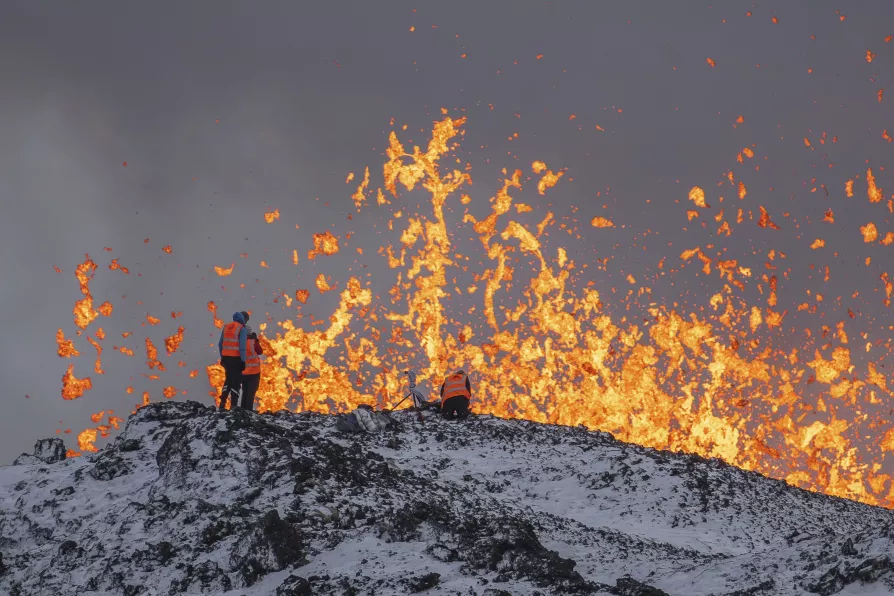Labour’s persistent failure to address its electorate’s salient concerns is behind the protest vote, asserts DIANE ABBOTT

 Scientist of the University of Iceland take measurements and samples standing on the ridge in front of the active part of the eruptive fissure of an active volcano in Grindavik on Iceland's Reykjanes Peninsula, December 19, 2023
Scientist of the University of Iceland take measurements and samples standing on the ridge in front of the active part of the eruptive fissure of an active volcano in Grindavik on Iceland's Reykjanes Peninsula, December 19, 2023
VOLCANOES are among the world's most hazardous natural phenomena, with the potential to cause massive destruction and significant loss of life when they erupt.
Mount Vesuvius, Mount St Helens, Mount Pinatubo and Eyjafjallajokull are some of the most famous examples, but active volcanoes are widespread across the globe. As of 2015, 8 per cent of the world’s population lived within 100km of a volcano that has had at least one significant eruption in recorded history.
Although monitoring efforts have improved since the days of Pompeii, many volcanoes remain understudied; meaning there is a lack of specific measurements available to help us predict the risk of an eruption.
The exact sequence of events leading up to a volcanic eruption is difficult to predict. However, any eruption is always preceded by the movement of magma (molten rock) through the Earth’s crust beneath the volcano. Monitoring a volcano focuses on trying to identify this movement and its speed.
There are different ways of doing this. As magma moves through the crust, it triggers earthquakes in the brittle rock around it. These earthquakes are often small and may not cause the ground above to shake, but seismic instruments placed near the volcano are able to record them.














